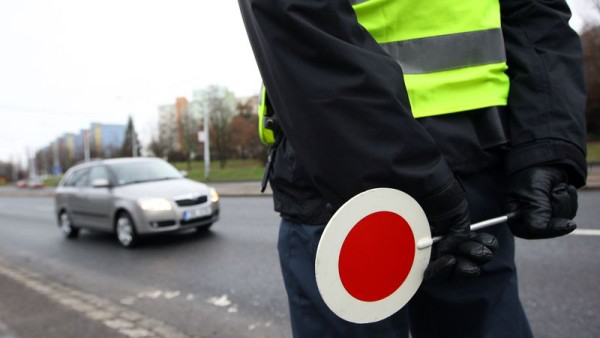In November and December, over the past 14 years, a total of 830 people have died, twice the number of other months. The blame is mainly the poor visibility of people on the roads, says traffic police director Tomas Lerch.
Driving in the coming months will be unpleasant sleet, slippery roads, fog and especially dark in the morning and early evening. Especially in the autumn and winter season, the most frequent clashes of cars with pedestrians occur due to reduced visibility. The police, together with the Besip department, will distribute 18,000 reflective tapes as part of the security event.
Pedestrians, according to the leader of Besip Martin Farar, are the only group of people killed in traffic accidents that die more at night than in the daytime. Eight out of ten victims die outside the crossings. In winter, pedestrians most often die in the morning between 06:00 and 07:00 when the light is not yet fully lit and in the afternoon after 16:00 when it gets dark.
November is the most dangerous month for pedestrians
The highest number of crashes is on 1st class roads, although the number of cases has a decreasing tendency. Conversely, on lower-class roads, the number of deaths is increasing. The least fatal incidents with pedestrians are on highways.
“Most of these tragic accidents happen just in the autumn in the morning or in the evening, at a time when everyone on the road is on the sidewalk, but even at a pedestrian crossing, at risk of not seeing them,” Warns Goodyear. According to statistics, November is the riskiest month for pedestrians.
In December and January, the driver waits long hours behind the wheel without sunlight, and the possibility of a serious traffic accident increases significantly. Even if drivers drive only one-fifth of the total mileage at night, nearly 50 percent of all major road accidents happen at night or in the dark.
This year, 68 pedestrians died on the roads from January to September, but according to Besip estimates, this figure will rise to around 116 by the end of the year. Over the last three months, more than two-fifths of those killed have been killed. Pedestrians are the third-largest group of fatalities after passenger car drivers and their passengers. They are followed by bikers and cyclists.
Cars are obliged to shine, but pedestrians, even though they are the most vulnerable in traffic, do not have such a duty yet. The Ministry of Transport, however, has already prepared a law that would require the use of reflective elements.
The draft amendment to the Act on Road Traffic, which is currently under the comment procedure, envisages the introduction of an obligation for pedestrians moving along an unlit road or on the edge of a roadway to have reflective elements on them.
“Every pedestrian should know that in dark clothes, he is almost invisible in the dark on the road. A driver who does not see the pedestrians in time cannot respond quickly and avoids pedestrians safely,” explains Katarína Ardová from Goodyear. It is therefore very important that the driver sees the pedestrian or cyclist in time. Any reflective element that can reflect the incident light from the vehicle headlamps is well suited to this.
With reflective material elements, the pedestrian is visible to the driver up to 200 meters, while if the wear is black or blue, it is only 18 meters. However, the reflective elements do not work much in fog, rain or snow.
In some countries, the number of deaths has been reduced by the mandatory use of reflective vests for pedestrians. Reflective elements can reduce pedestrian participation in a fatal accident by up to ten times in poor visibility. In addition to a vest, a suitable solution is a backpack or jackets with reflective elements. “We found it better to move the light area,” says Robert Stastný from Skoda Auto. “Reflective elements are better to have on the limbs we move than on the body or backpack,” he adds.
